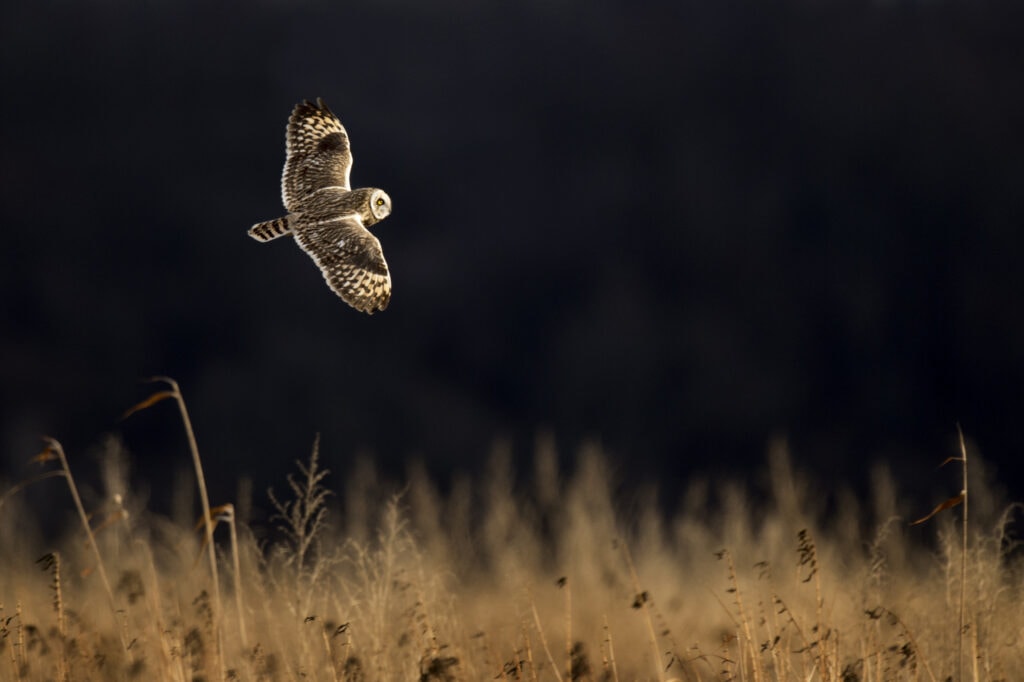The hooting of an owl is a ubiquitous symbol of the mysterious calm of nighttime. But what really gives owls their sense of mystery isn’t their hooting calls, but the sounds they don’t make. Owls are known for being silent predators. Even in the dead silence of a calm night, their attacks are almost entirely inaudible as they glide down to their prey. This stealthy style of flight has captured the human imagination for centuries, and owls often appear as symbols of magic and mystery throughout a vast range of human cultures. So how do owls fly silently?
Related Article: Eagle Sighted in Wales Over 150 Years Since Extinction
It has been known for a long time that the ability to fly silently is provided by the unique structure of owls’ feathers. Owl feathers feature fringed edges at a microscopic level that are thought to muffle sound. Now, a new study from Chiba University aims to uncover how exactly this mechanism works and, in the process, unlock the mystery of the owl’s silent flight.
The study identified trailing edge (or “TE”) microfringes at the edges of owl feathers as the most likely source for their ability to fly without noise. Because the exact reason why these microfringe structures reduce sound remains an unanswered question, the Chiba University study attempted to prove their importance by creating two three-dimensional models of an owl wing, based on the wing of a real-life owl. One of the models was built with TE microfringes, while the other was not.
As expected, the wing with the microfringe structure produced much less noise than the simulated wing without this structure. This evidence only reinforced what the scientific community already generally believes about owl feather aerodynamics. What the study also found, however was that the microfringes worked by reducing fluctuations in airflow at the tips of the wings. In layman’s terms, trailing edge microfringes on owl feathers disrupt the normal flow of air over the tips of the wings, allowing air to pass over the wings more quietly at high speeds.
While this insight into the mechanics of owl feathers is fascinating in its own right, it may contribute to future innovations with regards to manufacturing quieter machines and reducing noise pollution. Biomimetic designs copy nature to improve human innovations. The fact that Japanese Shinkansen bullet trains are modeled after Kingfisher bills is a famous example of what biomimetic design can do.
Popular Article: Flaco the Owl is New York’s Favorite Fugitive

